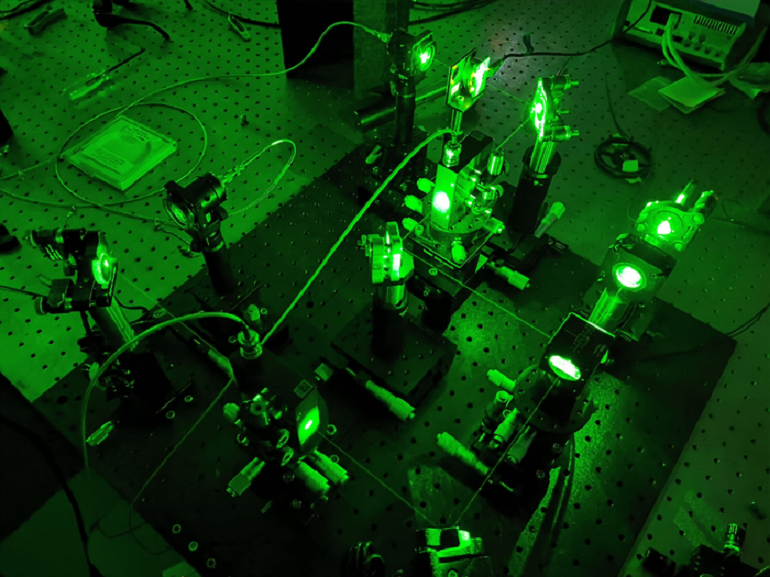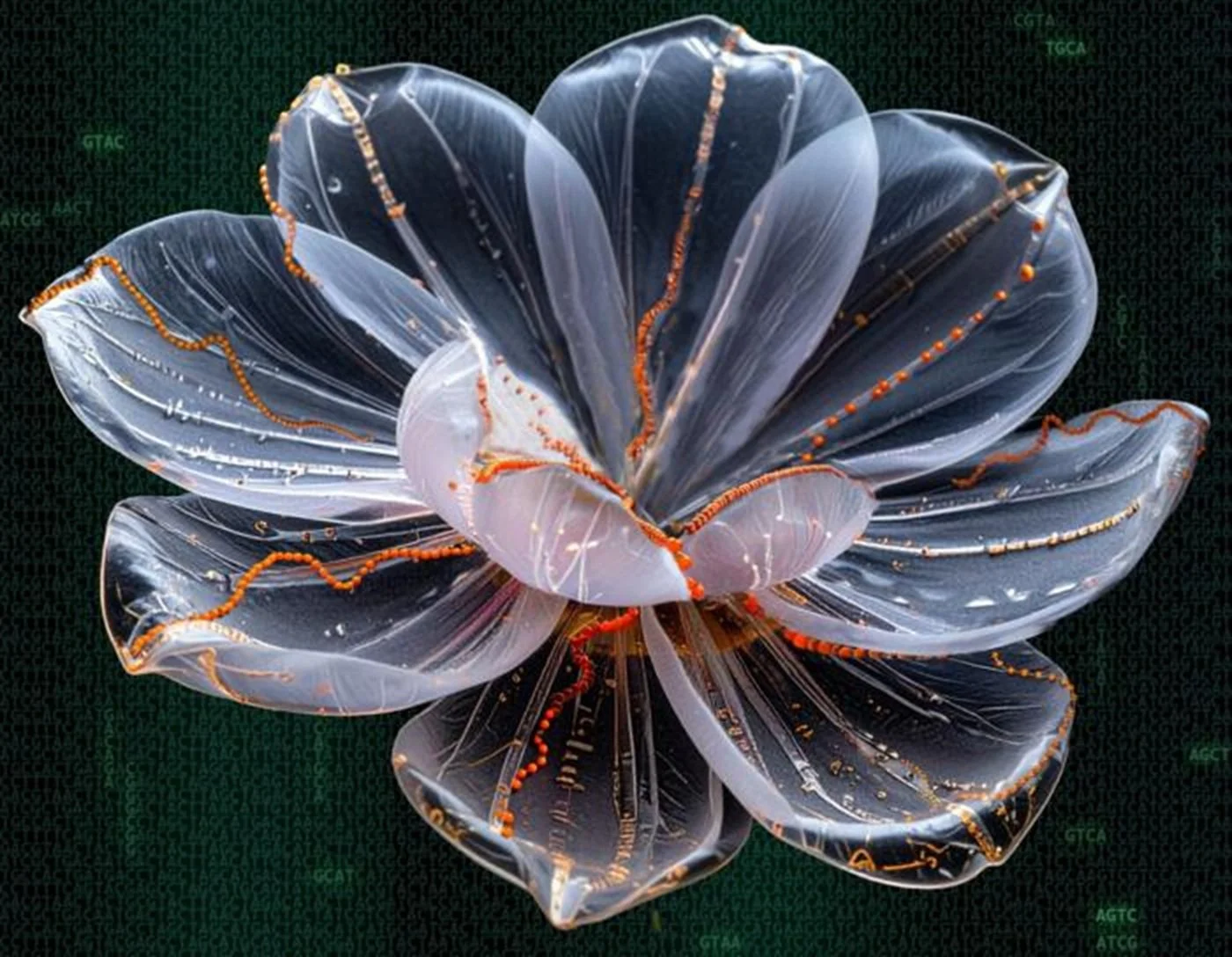A group of researchers at Northwestern University have developed an extraordinary device capable of seeing around corners and through scattering media.
The device could be used in cars to provide early warnings for fast-moving traffic around corners but also for non-invasive medical imaging and to inspect industrial machinery while still running. The potential use cases for this technology are numerous.
The technology may eventually be used as a safety feature for cars, enabling drivers to peek around corners - Image Credit: structuresxx via Shutterstock / HDR tune by Unviersal-Sci
Non-line-of-sight imaging (NLoS), as the field of research is called, is relatively new. Contemporary NLoS imaging methods typically suffer from one or more issues like low resolution, the need for an extremely slow raster scan, or an extremely small angular field of regard.
The team at Northwestern has overcome these issues by developing a vastly improved technology that can be useful in real-world scenarios by providing benefits such as high temporal resolution and a large angular field of view. It can even be used for detecting obfuscated moving objects.
How does it work
Imaging an organ inside a body and seeing around a corner may seem like very diverse puzzles to solve, but according to Florian Willomitzer, lead author of the study, they are closely related.
Both problems relate to scattering media, where light strikes an object and scatters in a way that the object can no longer be seen. (Scattering is a phenomenon that occurs when waves or particles encounter irregularities and thereby deviate from their original direction.)
This phenomenon can be better clarified by imagining a flashlight. If, for example, you try to shine a flashlight through your hand, you'll observe a bright spot on the opposite side, meaning that light is passing through your hand, yet you won't see the shadow of the bones inside your hand.
You don't see a shadow because the light that passes the bones gets scattered in all directions within the tissue inside your hand; the end result is that the shadow image gets entirely 'blurred.'
To solve this problem, the researchers cultivated a new technology, known as synthetic wavelength holography, which works by indirect scattering of coherent light onto concealed items, which then scatters again and returns to a camera.
Following this, the dispersed light signal gets reconstructed using a computer algorithm to reveal the concealed items. Because of the high temporal resolution of the device, the technology can also picture moving objects, such as a beating heart through the chest or fast-moving cars around a street corner.
A laboratory setup for one of the prototypes - Image Credit: Florian Willomitzer/Northwestern University
Eliminating the need for expensive, high-speed detectors
For the above-mentioned technique to work and reconstruct the image of a hidden object, it is essential to receive/detect the scattered light in order. This is a particularly challenging aspect because researchers will need to measure the time of travel of light beams with high precision. This requires extraordinarily fast (and expensive) detectors.
The Northwestern scientists found a clever way to bypass the need for these expensive detectors by joining light waves from two separate lasers, creating a synthetic light wave that can be specifically adapted to holographic imaging in varying scattering conditions.
Willlomitzer explained that if you can capture the entire light field of a target in a hologram, it allows for the complete reconstruction of the target in three dimensions. So for imaging through scattering media or around corners, synthetic light waves are used instead of regular light waves.
Potential use cases
One can imagine this technology to be very useful in cars, enhancing early warning systems with the ability to detect fast-moving traffic around corners. Devices based on this technology could also be beneficial in the medical world, providing a means for non-invasive medical imaging. Other potential use cases include industrial inspection in tightly enclosed spaces. Ultimately the potential use cases are almost endless.
Use in cars
For use in cars, it is necessary to have some sort of opaque barrier like a wall, car, or shrubbery (due to the fact that light only journeys in a straight line). Light is transmitted from a sensor unit, ricochets off the barrier, then hits the hidden object located around the corner. The detector will receive the bounced back light and identify the object.
The technology changes walls into some sort of mirrors, a particularly useful feature for driving on curvy roads through forests or mountain passes. According to Willomitzer, it can even be used during foggy weather or at night.
The technology could be useful in case of obscure corners - Image Credit: Media Whalestock via Shutterstock
Non-invasive medical imaging and inspection of industrial machinery
The new technology may also substitute endoscopes. A flexible camera, currently used for bending through tight spaces or past corners, would no longer be necessary as synthetic wavelength holography uses only light. Particularly useful for medical exams like the dreaded colonoscopy.
Traditionally, endoscopes are used to inspect industrial equipment by physically pushing it through the machines, bending around corners, and squeezing through tight spaces. Understandably, this method often requires machinery to be turned of. Synthetic wavelength holography could be used in this scenario with the machinery still running, making it easier to diagnose problems.
The current prototype built by the research team only uses visible and infrared light. But in theory, the new technique can also be utilized with other wavelengths of light. Think of radio waves for use in the field of space exploration, for example.
The technology is still under development, and it will take some years before it can be used in medical applications or cars, but according to Willomitzer, it will open up an entirely new forefront of imaging capabilities.
The Northwestern researchers published their findings in the journal Nature communications listed below. Be sure to check it out for a more detailed overview of the technology.
Sources and further reading:
Fast non-line-of-sight imaging with high-resolution and wide field of view using synthetic wavelength holography (Nature Communications)
Non-line-of-sight imaging (Nature reviews physics)
Scientists developed a microscope that fits in a needle to get a real-time look inside the human body's cells (Universal-Sci)
If you enjoy our selection of content, consider subscribing to our newsletter - (Universal-Sci Weekly)
FEATURED ARTICLES:











